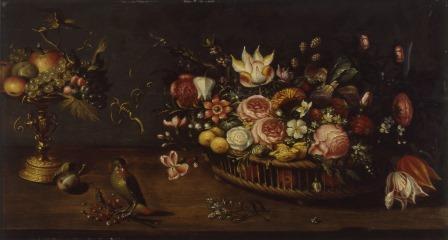Recommendation
In a letter dated 19 September 2005, the Minister for Education, Culture and Science (OCW) asked the Restitutions Committee to issue a recommendation regarding the application dated 2 September 2005 submitted by R.v.M. (hereafter referred to as ‘the applicant’) for the restitution of six paintings that are part of the Netherlands Art Property Collection (NK collection), namely NK 1959, NK 2132, NK 2421, NK 2717, NK 2896 and NK 2558 that previously belonged to the Von Marx-May family. The painting NK 1959 (N. de Largillière, Jeanne de Robais) is currently on long-term loan to the Museum Boijmans Van Beuningen in Rotterdam; the work of art NK 2717 (J. Van Walscappelle, Still life with grapes, medlars and mouse) is currently on long-term loan to the Dordrechts Museum and the painting NK 2896 (J. Snellinck II, Still life with flowers and fruit) is currently on long-term loan to the Museum Het Prinsenhof in Delft. The paintings NK 2132 (J. De Wit, Allegory of transitoriness), NK 2558 (Wieringa, Portrait of a man) and NK 2421 (Q.G. van Brekelenkam, Interior with a woman and children) are being stored in the depot of the Netherlands Institute for Cultural Heritage (ICN) in Rijswijk. The aforementioned painting (NK 2421) is regarded by the ICN as a total loss due to irreparable fire damage.
